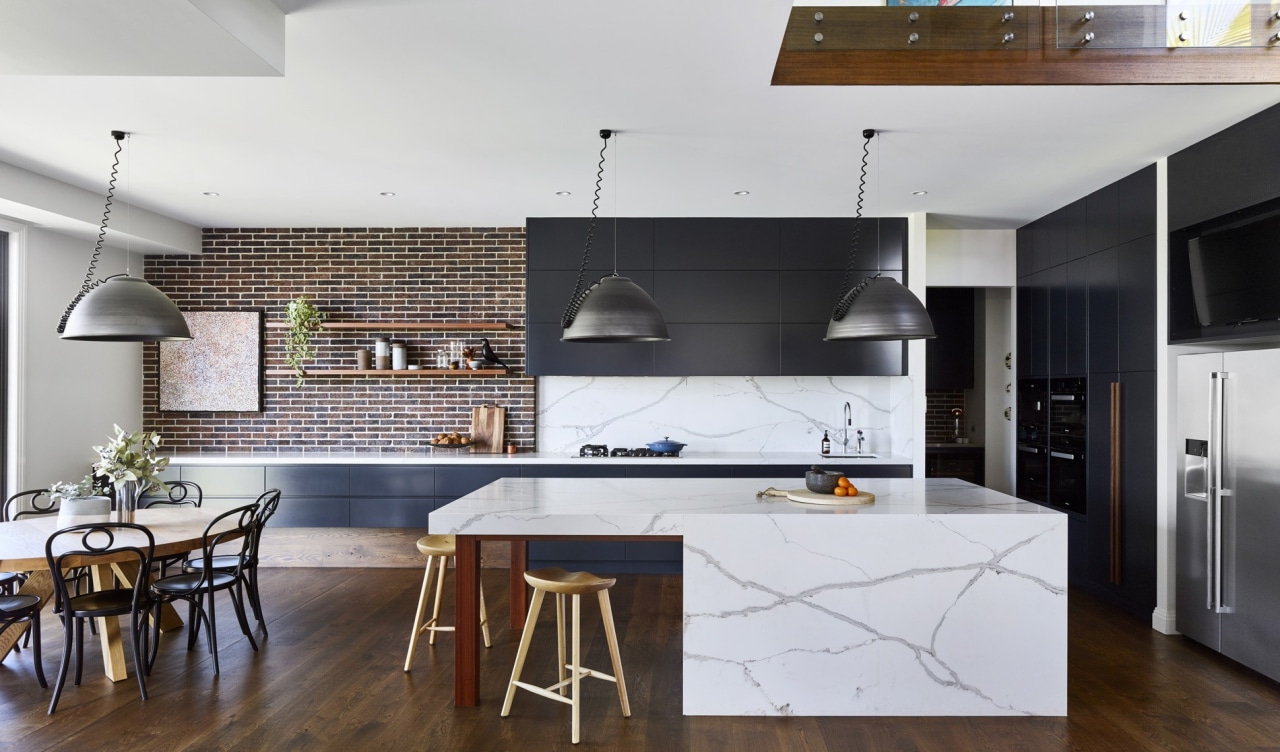Putting together a kitchen budget
About to start a kitchen project? Take a look at our budgeting tips to ensure everything runs smoothly

The budget conversation is likely to make even the most the seasoned renovator a little nervous. It’s not surprising – money is stress-inducing.
But there’s a positive to a budget. With a solid understanding of how much you can spend, it should be easier to map out your renovation. A budget means you can hone in on the materials, cabinets and appliances that fit into your price range, and disregard those that do not.
1. Plan for surprises
By carefully mapping out each cost, you’re far more likely to be prepared for outlying costs. But, it also doesn’t hurt to budget a little over in the event of an emergency. It’s as simple as putting a little extra aside for the meals you’ll likely need to buy while your oven is out of commission. Another helpful exercise here is putting together a 'must have' list. What can't you live without?
- Seating – Do you want a breakfast nook? An island with bar seating?
- Electrical sockets – In the midst of frantic dinner party prep, you’ll want plenty of sockets for all of those small appliances.
- Wine fridge – No shame with this one. A place to store wine in the kitchen is seriously convenient.
- Rubbish bin – A bin is certainly easy to gloss over when you’re pricing up range hoods, but give it some thought.
- A pull-out drawer bin can make it easy to manage rubbish.
- Storage – Forget the food for a moment. Where are you going to store those recipe books and trinkets?
2. Understand what you’re paying for
Sit down with your designer and go over the budget and any terms you might not be familiar with. It’s important to understand things like hard costs (construction materials and lights) and soft costs (the fees your contractors will charge).
3. Keep a record
It’s helpful to prepare some sort of project folder for your renovation, one where you store all budget-related documents as the development unfolds. At the end of the project, it'll be easier to identify any errant spending – and settle any disputes that arise.
4. Limit your use of tiles
If you want to hop on a fast train to empty bank account city, look no further than excessive tiling. By covering the walls and floor with tiles, you'll have to pay for both the material costs and for the labour to install the tiles and cut them to size.
The options here include looking for cheaper tiles, limiting the use of tile and considering other materials.
5. Update your fixtures (and not much else)
When putting together your kitchen budget, take a step back and look at what you want to achieve out of the project. If you're just keen to give the room a fresh new look, you may be fine updating the fixtures. Throwing away those old faucets and replacing them with shiny new alternatives will lift the room immediately.
If you’re still struggling with your kitchen project, read the other advice articles on Kitchen Trends. You can also find great kitchen tips in our Top Tips section.
Story by: Trendsideas
Home kitchen bathroom commercial design
Personality plus
Diving into nature
Classic looks, contemporary efficiency

